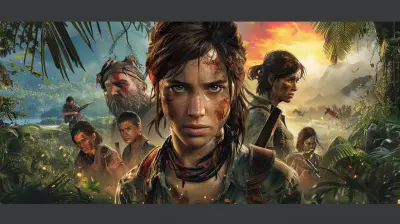The Evolution of Weapon Mechanics in FPS Games
27 October 2025
Alright, let's take a little trip down the bullet-riddled, explosion-heavy memory lane of first-person shooters (FPS). Whether you're a long-time frag-happy gamer or someone just trying to figure out why your bullets don't hit anything in your first multiplayer match, the evolution of weapon mechanics in FPS games is a wild, often hilarious, and oddly beautiful journey.
Let’s be real—FPS games have come a loooong way from the days of pixelated shotguns with zero recoil and rocket launchers that doubled as your Uber ride to the top of the map. From Doomguy’s no-reload arsenal to modern-day tactical reloads and bullet drop, shooter games have leveled up hard.
Grab your mouse or controller, friend, because we’re diving into how weapons in FPS games have gone from arcade-y boomsticks to finely-tuned instruments of digital doom.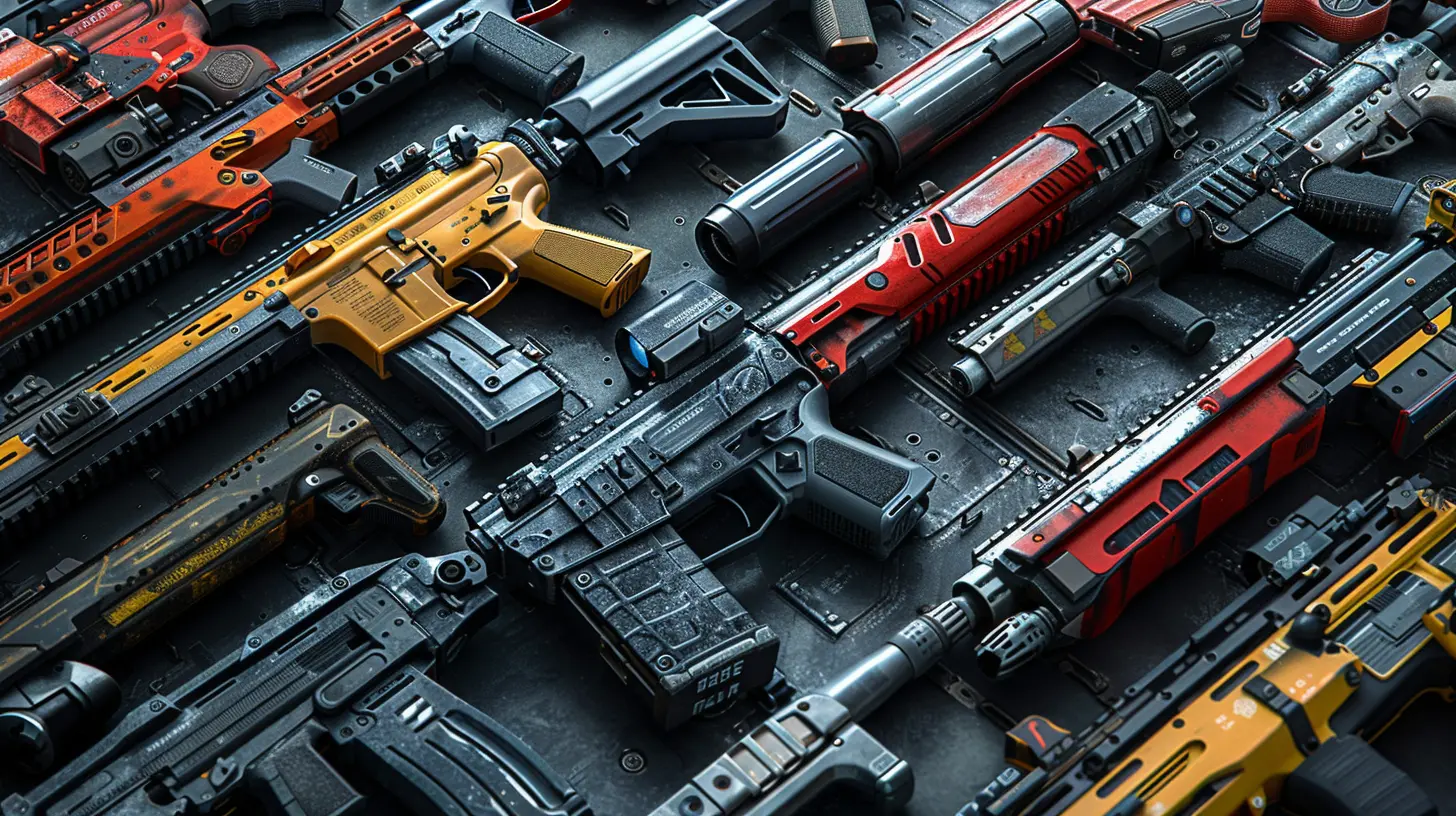
🎮 The Stone Age of FPS: Pixels, Pew-Pews, and Infinite Ammo
Let’s kick it off with the OGs—Wolfenstein 3D, Doom, and Quake.Back in the early '90s, FPS games didn’t give a flying plasma bolt about realism. Weapons were either hitscan (instant hit, like your grandma’s judgmental glare) or projectile-based, and you could carry an entire armory on your back without breaking a sweat.
- Recoil? Pfft. Aim in the general direction, and hope the demons get the memo.
- Reload animations? What reload? Just keep shooting like it's an NPC argument in Skyrim.
- Ammo realism? Nah, just grab some floating boxes marked with bullets.
These games weren’t trying to simulate real life. They were more like chaotic boom-fests where every gun felt like a magic wand with anger issues. And we loved every pixelated second of it.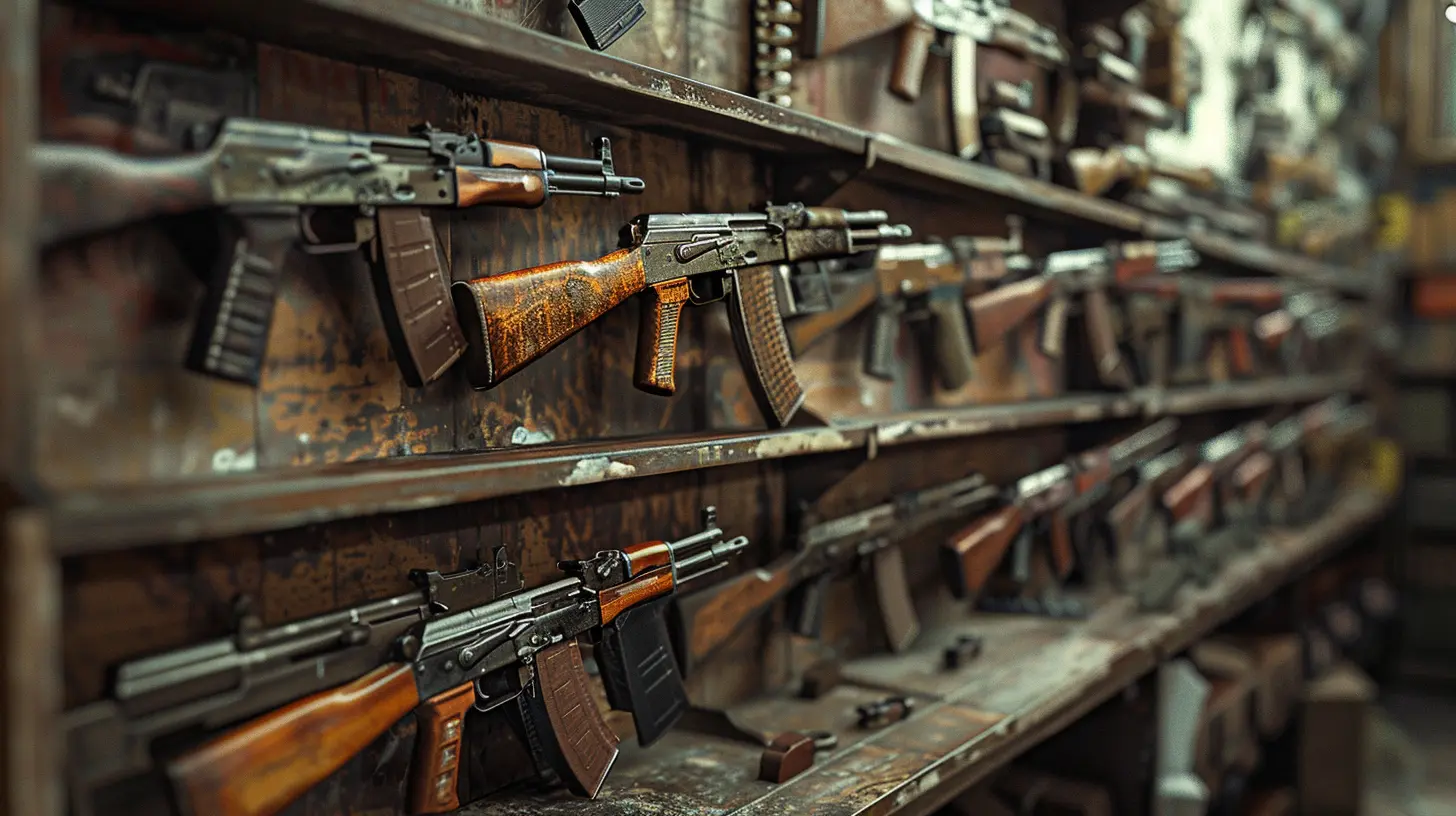
🔫 GoldenEye and Console FPS: The Analog Stick Awakens
Fast forward to 1997. GoldenEye 007 lands on the Nintendo 64 like a silent headshot from Oddjob (unless you banned him, good on you). This game brought weapon mechanics to the living room couch in a big way.GoldenEye introduced some things we now take for granted:
- Different weapons with distinct feels.
- Precise aiming (well, sort of… analog sticks were weird).
- Zooming with sniper rifles (sniper camping became a sport).
- Realistic reloads (kind of… but hey, at least stuff didn’t just magically refill).
Suddenly, players had to think about how they shot, not just what. GoldenEye helped usher in a new era of weapon mechanics that leaned just a little more on realism—even if you were still shooting polygons with sunglasses.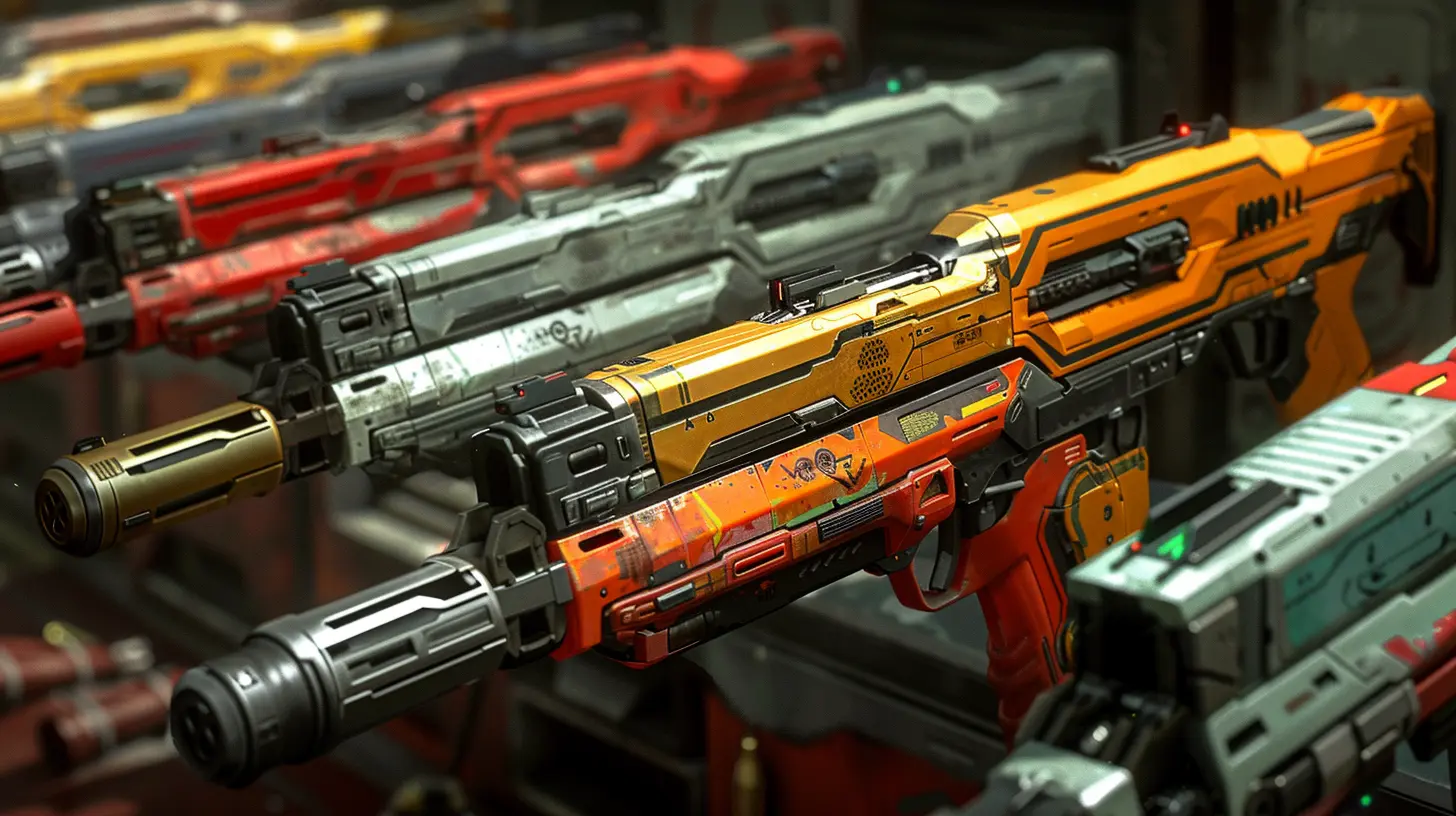
💥 Enter Counter-Strike: Skill Meets Strategy
Now, if you ever got one-tapped across the map by a deagle in Counter-Strike, you know this game didn’t mess around.Weapon mechanics in CS upped the game—literally. There were real consequences for how you shot:
- Moving while shooting? Expect your bullets to hit everything except your target.
- Spray and pray? More like spray and cry.
- Weapon prices, economy, recoil patterns—all became part of the combat equation.
This was one of the first times that weapon mechanics weren’t just about sound and feel, but also about performance, timing, and strategy. Welcome to the big leagues, baby. It was like going from Nerf guns to a chess match with live grenades.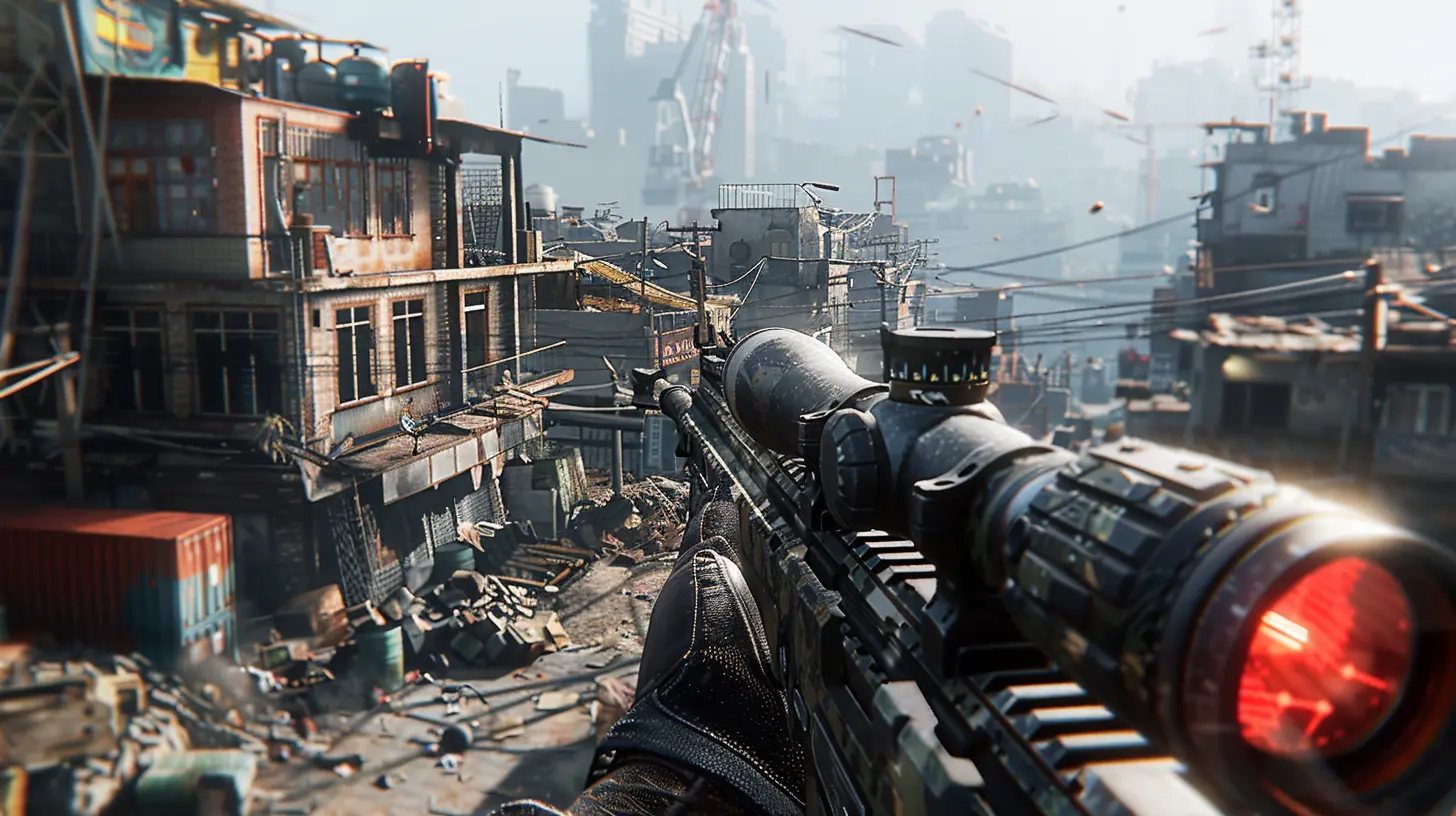
🔍 Realism Strikes Back: Call of Duty and Battlefield Redefine Guns
By the time Call of Duty 4: Modern Warfare dropped in 2007, FPS weapon mechanics got a serious facelift.- Recoil control became a full-time job.
- Attachments like red dot sights, suppressors, and grenade launchers made every gun feel customizable.
- Perks changed how weapons behaved (remember stopping power? Yikes).
- ADS (Aim Down Sights) became the standard to improve accuracy—goodbye wild hip-firing.
Battlefield stepped in too, with bullet drop and travel time. Suddenly, long-range shots weren’t just "point and click" affairs—they were more like solving a physics quiz while someone’s trying to bayonet you.
The early 2000s shifted weapon mechanics toward realism while still keeping some over-the-top flair. You could feel the weight of your weapon, hear the subtle audio cues, and even respect your reload animations (thanks, Battlefield 1, those were majestic).
🔄 The Rise of Reload Culture: Because Style Matters
Let’s talk about an underrated aspect of FPS weapon mechanics: the art of the reload.Modern games turned reloading into a cinematic experience. It’s not just about putting more bullets in your gun—it became a personality trait.
- Stylish reloads (shoutout to Titanfall 2 and its glorious animations).
- Tactical vs. full reloads (because wasting bullets is for amateurs).
- Cancel reload meta—FPS veterans know the sacred dance of canceling a reload to win a gunfight.
Ever seen someone reload after just one shot? That’s not bad strategy—that’s just ✨aesthetic✨. It's basically the shooting equivalent of flipping your hair after a well-delivered pun.
🌀 Sci-fi and Fantasy FPS: Say Hello to Laser Beams and Magic Guns
Weapon mechanics took a turn toward the weird—and we are here for it.Games like:
- Halo (plasma weapons and sticky grenades, anyone?)
- Destiny 2 (guns with lore? Yes, please!)
- Overwatch (weapons powered by anime dreams and science fiction nonsense)
They flipped the classic ballistic-based weapon systems on their heads and embraced creativity. You weren’t just killing enemies—you were expressing yourself. With guns. That sometimes talk. (Looking at you, Borderlands.)
These FPS titles played with:
- Unique ammo types.
- Cooldowns instead of magazines.
- Elemental damage.
- Weapons that were practically characters in themselves.
It was like giving Picasso a minigun and telling him, “Go wild.”
🤖 Gunplay Gets Smarter: AI-Driven Enemies and Player Feedback
Weapon mechanics aren’t just about the gun anymore—it’s about how the game reacts to your gunplay.Modern AI has made weapon mechanics more immersive than ever. Enemies don’t just soak bullets—they react to where they're hit. They use cover, flinch, and retreat. Suddenly, your weapon choice mattered not just for damage, but for strategy.
Haptic feedback on controllers (hello, PS5) now simulates different trigger pulls and recoil levels. You can literally feel the difference between a pistol pop and a shotgun blast.
And let’s not forget:
- Dynamic sound design—where your position in a cave or city changes how your gun sounds.
- Environmental destruction—shooting that wall actually matters now (not you again, Battlefield).
💡 The Indie Scene: Innovation in Small Packages
Don’t sleep on indie FPS games. These devs may not have AAA budgets, but they’ve got a suitcase full of ideas and no fear.Take:
- ULTRAKILL – a love letter to ‘90s shooters with modern fluid weaponry and bloody good feedback.
- Receiver – a game that simulates every single part of a real gun. Like, down to the safety switch. It’s like Surgeon Simulator but with bullets and existential dread.
These games push boundaries by asking the question: “What if bullets, but weirder and smarter?”
🧠 Weapon Skill Ceilings: The Sweat Has Arrived
As games have gotten more competitive, so have the mechanics. FPS games now finely balance:- Time to kill (TTK)
- Gun sway and idle movement
- Penetration mechanics (cue middle school giggles)
- Recoil rhythms you can learn like guitar chords
In games like Valorant and Rainbow Six Siege, mastering a weapon isn’t just about aim—it’s about mastery. Crosshair placement, movement penalties, spray control—it’s borderline scientific.
You're not just a player now; you’re a digital sniper-Mozart with an itchy trigger finger and a Logitech-sponsored symphony of death.
🚀 The Future Is Now: Adaptive, Procedural, and Wildly Modular Weapons
We’re stepping into the sci-fi wireframe of FPS weapon mechanics. Upcoming and current-gen shooters are pushing:- Procedural weapon generation (thanks again, Borderlands).
- Real-time weapon crafting—change your grip mid-firefight like a true mad lad.
- Adaptive AI weapons—guns that evolve with your playstyle (Skynet, but more fun).
VR FPS games are also playing their part. You now need to physically reload, chamber a round, and aim like an actual soldier with shaky hands and zero cardio.
Weapon mechanics are getting so real, pretty soon you’ll need a license to play. (Half-kidding.)
💬 Final Thoughts: From Pixels to Precision
So here we are. From Doom’s pixelated chainsaws to Warzone’s recoil spreadsheets, FPS weapon mechanics have undergone a glow-up that would make any social media influencer green with envy.What was once just, "Press shoot and watch stuff die" has evolved into a nuanced craft. Developers are now obsessed with making every click, bullet, and reload matter. And as players, we’re all the more addicted for it.
So yeah, your bullets aren’t hitting because the game is “broken.” It’s because you didn’t account for recoil, movement, bullet drop, and the secret lunar cycles that only affect sniper rifles.
all images in this post were generated using AI tools
Category:
First Person ShooterAuthor:

Tina Fisher
Discussion
rate this article
1 comments
Quorra Bellamy
An insightful look at how weapon mechanics have shaped gameplay experiences in FPS titles over time!
October 28, 2025 at 3:35 AM

Tina Fisher
Thank you! I’m glad you found the article insightful. Weapon mechanics truly play a pivotal role in shaping gameplay experiences.
